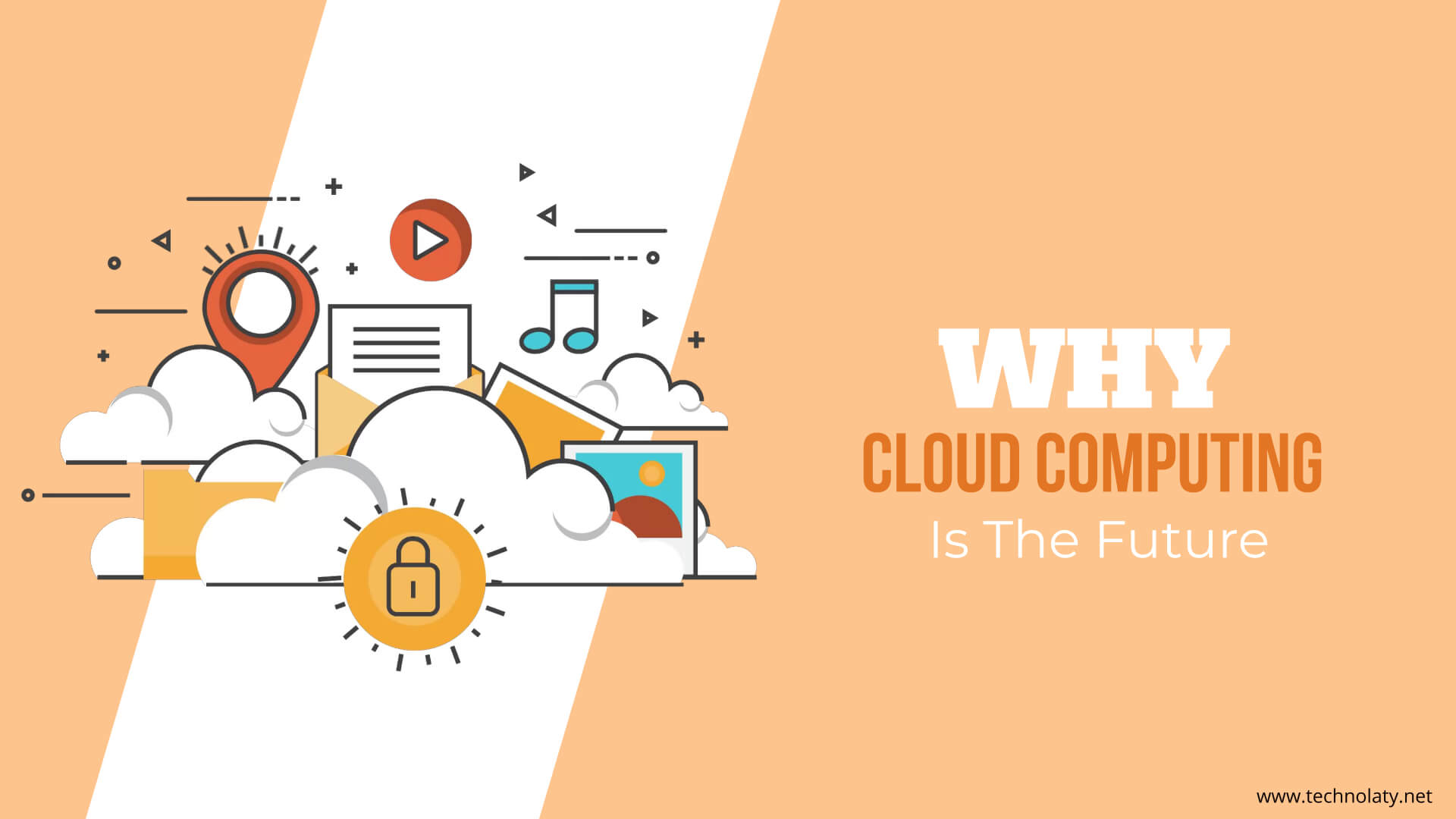As technology advances, cloud computing has become critical to our digital landscape. The term “cloud” refers to a network of servers accessible over the internet, providing on-demand services like data storage without needing physical servers. This technology is increasingly integrated into our daily lives through Google Photos and Google Drive applications.
As we move towards a more technology-driven future, the role of cloud computing is set to expand even further. This article explores why cloud-based computing is the future, highlighting its cost-effectiveness, accessibility, potential for innovation, alignment with future trends, and limitless possibilities.
Cloud-Based Computing: The Future of Technology
Cost-Effective Solutions
One of the most significant advantages of cloud computing is its cost-effectiveness. Traditionally, managing IT infrastructure requires substantial investment in physical servers, storage spaces, and ongoing maintenance and management costs. Cloud computing eliminates these expenses by offering scalable resources on a pay-as-you-go basis. Businesses can avoid the upfront costs associated with purchasing and maintaining hardware and pay only for the resources they use. This shift reduces capital expenditure and allows organizations to allocate funds to other critical areas of their operations.
Accessibility and Convenience
Cloud computing has revolutionized how we access and manage data. With just an internet connection, users can access their data stored on cloud servers anywhere in the world, anytime. This level of accessibility is a game-changer for both individuals and organizations. For businesses, it means employees can work remotely and collaborate effectively, while individuals benefit from the convenience of having their data readily available across multiple devices. The universal nature of cloud services enhances productivity and flexibility, making it an essential tool in today’s fast-paced world.
Room for Innovation
Despite its widespread adoption, cloud computing is still in its early stages of development. Innovation has vast potential as technology enthusiasts and researchers continue to explore new possibilities. The cloud computing landscape is dynamic, with continuous advancements and improvements. Innovations in artificial intelligence, machine learning, and big data are increasingly integrated with cloud technology, opening up new opportunities for businesses and individuals. As the technology evolves, we can expect even more sophisticated and efficient solutions to emerge.
Aligning with Future Trends
Cloud computing aligns perfectly with the future trends of information technology. As the demand for timely and regular updates increases, cloud technology offers a robust solution. It allows users to edit, modify, and access data from anywhere. This flexibility and reliability make cloud computing a powerful tool for meeting the ever-evolving needs of the digital age. With its ability to support real-time collaboration and seamless integration with other technologies, cloud computing is well-positioned to be a cornerstone of future IT advancements.
Unlimited Possibilities
The internet is unpredictable and rapidly changing, requiring flexible and scalable solutions. Cloud computing excels in this regard, offering unlimited possibilities for expansion and adaptation. Whether scaling resources up or down based on demand, cloud technology provides the flexibility needed to handle the dynamic nature of the digital world. This adaptability ensures that cloud computing can meet various needs and challenges, making it a versatile and future-proof technology.
Conclusion
Cloud-based computing is not just a current trend but a fundamental component of the future of technology. Its cost-effectiveness, accessibility, potential for innovation, alignment with future trends, and limitless possibilities make it a vital tool for today and tomorrow. As we continue to explore and develop cloud technology, we are only scratching the surface of its potential. The future of cloud computing promises to bring even more advancements and opportunities, making it a key player in the evolution of the digital world.
FAQs
Q1: What is cloud computing?
Cloud computing refers to a network of servers accessible over the internet that provides on-demand services such as data storage and computing power, eliminating the need for physical servers.
Q2: How does cloud computing save costs?
Cloud computing saves costs by offering scalable resources on a pay-as-you-go basis, reducing the need for expensive physical infrastructure and maintenance.
Q3: What are the benefits of cloud computing accessibility?
Cloud computing allows users to access data and applications from anywhere with an internet connection, providing convenience and enabling remote work and collaboration.
Q4: How is cloud computing aligned with future technology trends?
Cloud computing supports real-time updates, seamless integration with emerging technologies, and flexible scalability, making it well-suited for future IT advancements and trends.
Q5: What makes cloud computing adaptable to future needs?
Cloud computing’s ability to scale resources up or down based on demand and its versatility in handling various digital challenges make it a flexible and future-proof technology.
